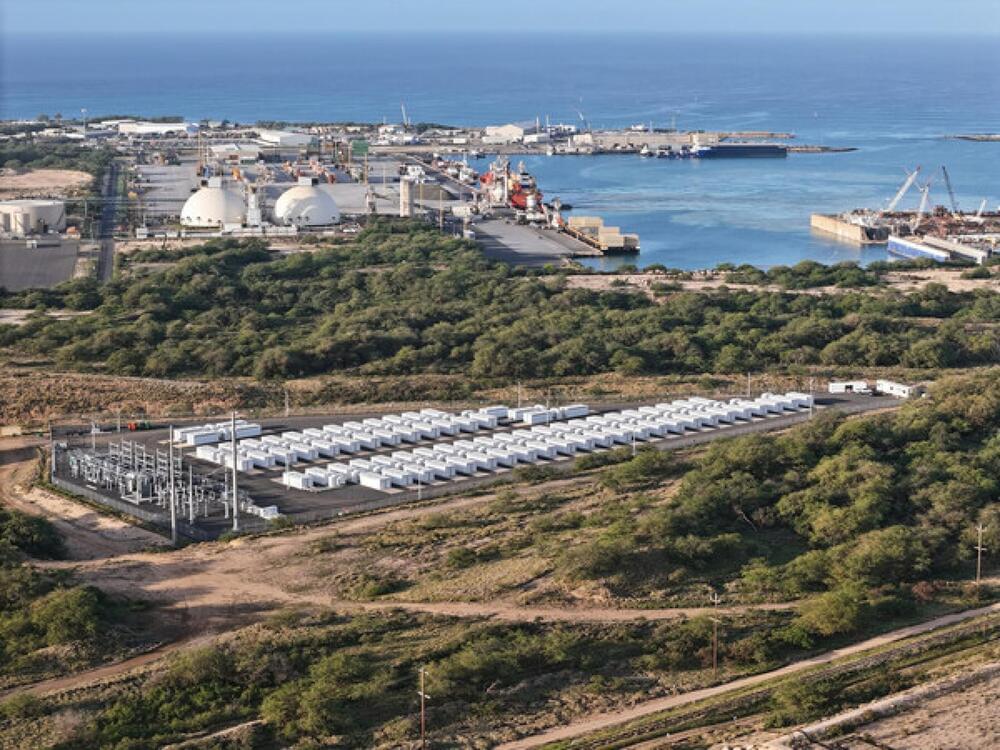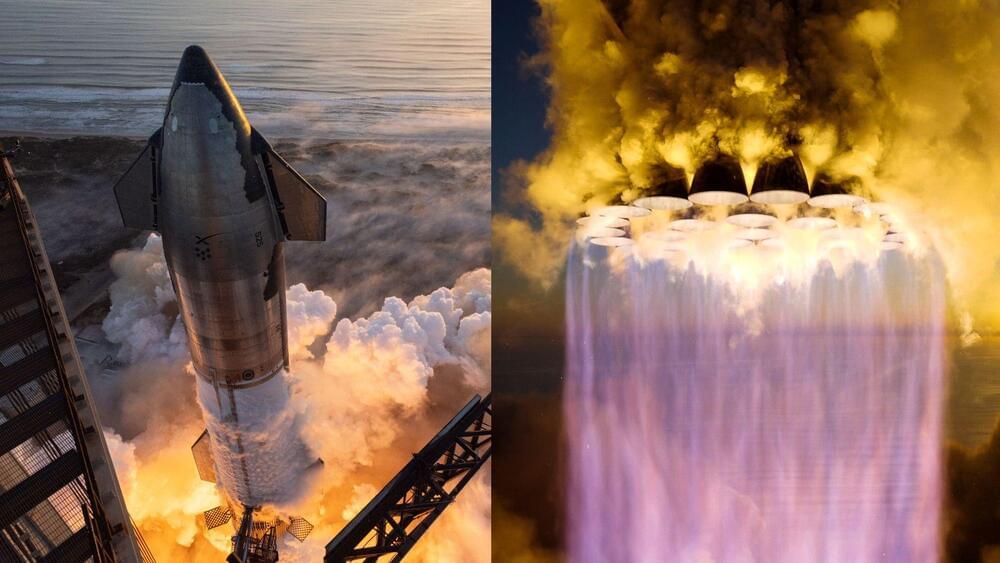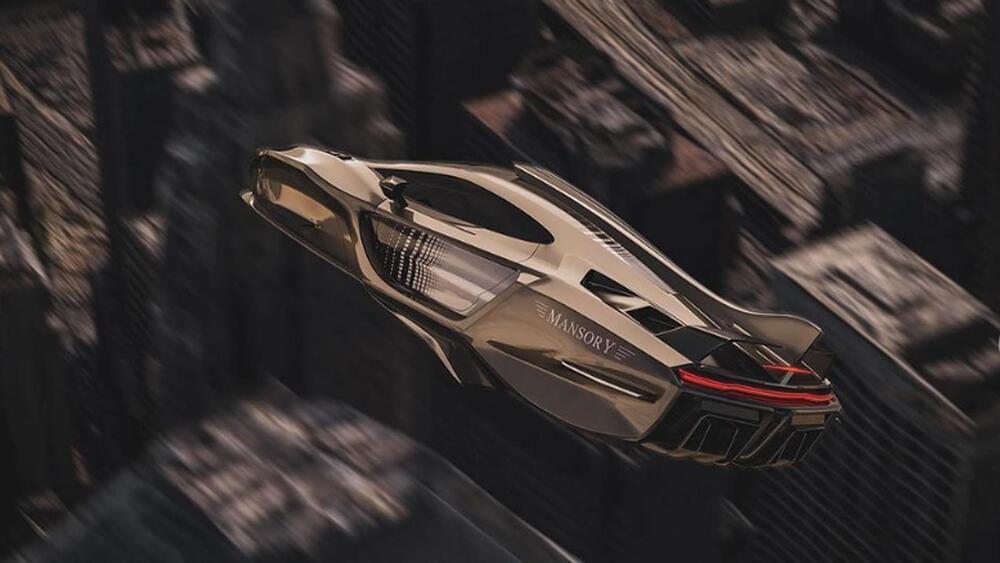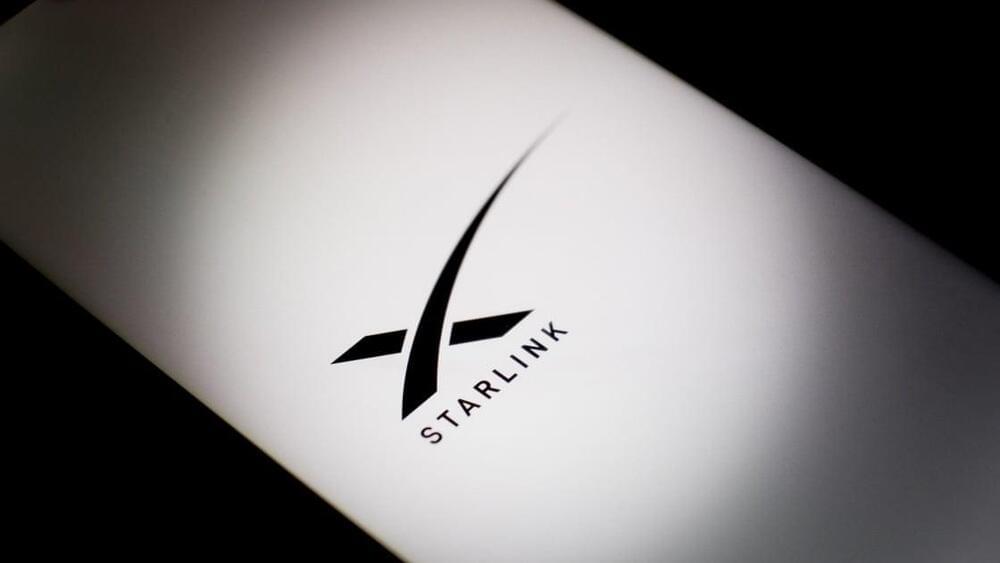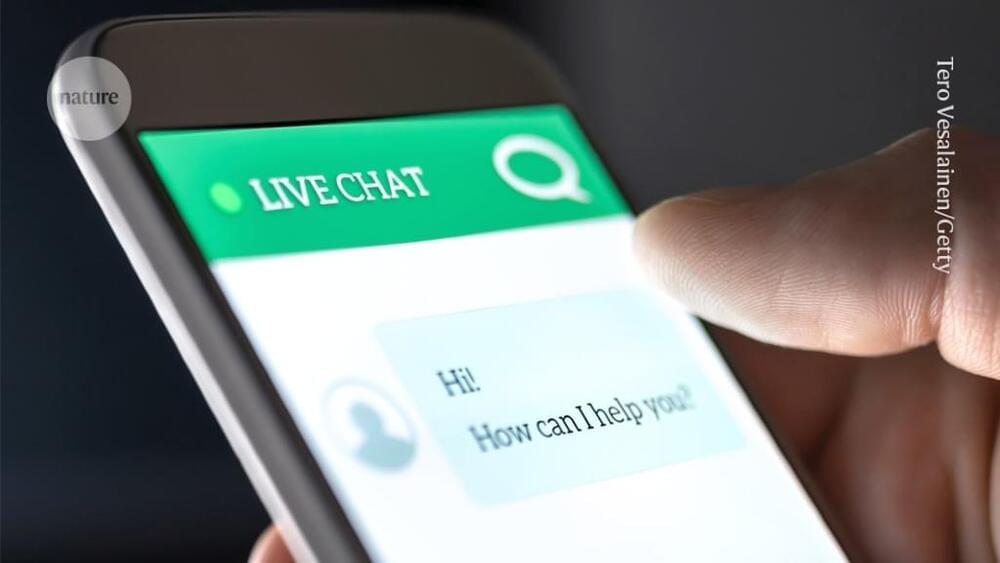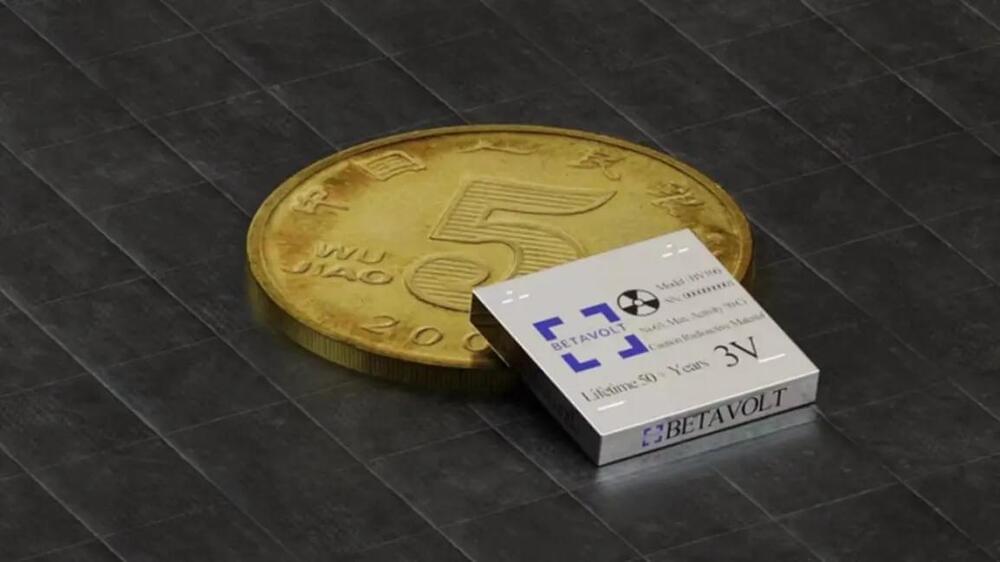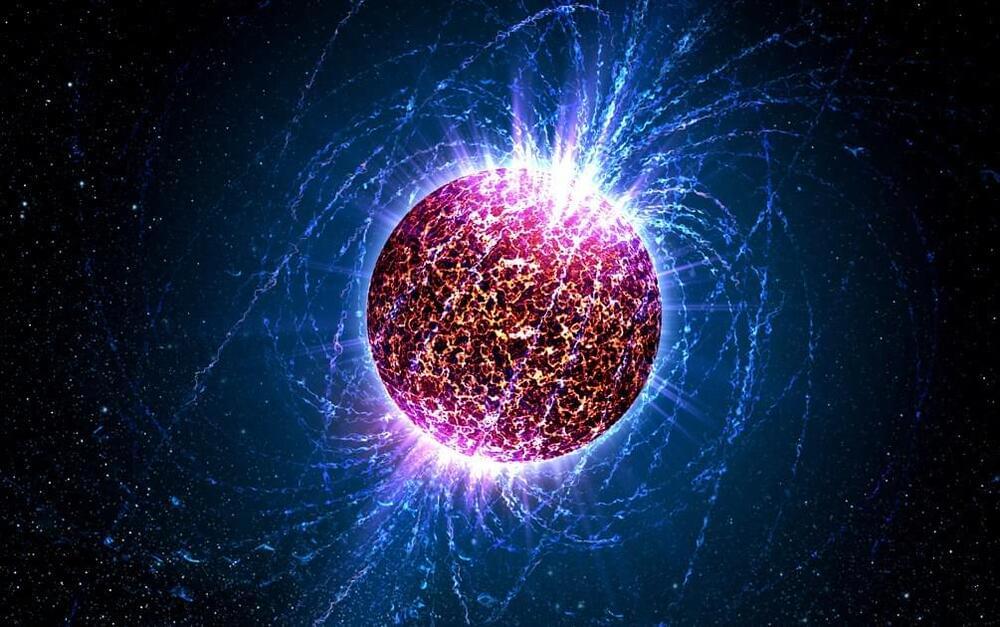Learn about the Kapolei Energy Storage plant, the world’s most advanced battery energy storage system.
The KES batteries play a crucial role in reducing the curtailment of renewable energy by 69%, allowing Hawaiian Electric to integrate 10% more new utility-scale renewables than previously projected. Additionally, the project is estimated to save customers money, reducing electric bills by an average of $0.28 per month over a 20-year contract life.
The specifications of the KES plant include 135 MW / 540 MWH of capacity and energy, 50 MW / 25 MWH of additional ‘fast frequency response’ for grid stability, ‘virtual inertia’ to mimic the power-smoothing function of a spinning turbine, and ‘black start’ capabilities for grid recovery during blackouts.
This innovative battery energy storage system replaces the grid capacity of a nearby AES coal power plant, contributing to the state’s clean energy transition. Plus Power, a leader in developing, owning, and operating standalone energy storage, has a growing portfolio of large-scale battery systems across the United States and Canada.
